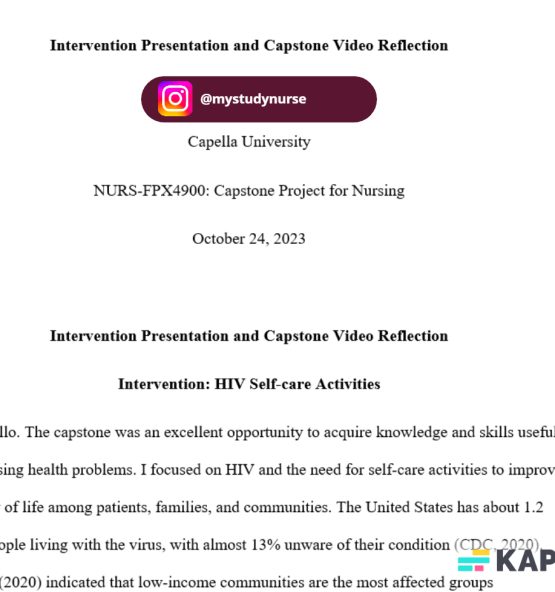
Benchmarks and Quality Measures for Linkage to HIV Care
Capella University
BHA-FPX 4106: Introduction to Managing Health Care Information
Professor Sonia Hussain
January 27, 2023
Availability:In Stock
Introduction
Identifying benchmarks and trends for linkage to HIV care enables healthcare professionals to make informed conclusions about best practices for optimizing care outcomes. Benchmarks from national quality indicators provides insights into the effectiveness of care and interventions necessary to ensure that more people access quality, safe, and affordable HIV care. This paper focuses on linkage to HIV care as one of the priorities influence the quality of clinical experiences across the continuum.
Data Compatibility
Ensuring data from multiple sources is compatible is a primary consideration. The process requires one to consider accuracy of data by authenticating sources and ensuring the information meets the intended use. Another consideration is completeness of data in terms of the absence of missing values and data records (Galetsi et al., 2019). Further, the data used is up to date, which makes it appropriate for use in making informed conclusion about patients’ linkage to HIV care. Challenges associated with data standardization include the risk of incomplete and inaccurate data collection (Galetsi et al., 2019). Slower organizational workflows may trigger patient matching issues, which exposes the care team to the risk of incomplete view of clients’ HIV medical and treatment details. Another challenge associated with data standardization is the likelihood of patients changing their demographic information. The issue undermines patient matching and identification, which increases the risk of mixing up patients with the same records.
An HIE is a secure and centralized repository of patient data aggregated across facilities and EHRs within the same location. The purpose is to allow physicians, nurses, pharmacists, and other healthcare professionals and patients to access and share crucial medical information electronically (Oachs & Watters, 2020). On the other hand, a national database means an electronic system that allows the department of health to obtain medical information, surveillance, disease projections, surveys, and other details from records of other states. Submitting incomplete or inaccurate information to an HIE portrays inaccurate data collection, patient matching gaps, and inefficient organizational workflows (Oachs & Watters, 2020). It is challenging to deliver the best, efficient, and high quality care after submitting the wrong details to HIE. It becomes difficult for the care team to have a complete view of a patient’s medical and treatment history. Healthcare providers also have challenges understanding and identifying patients better.
Reviews
There are no reviews yet.